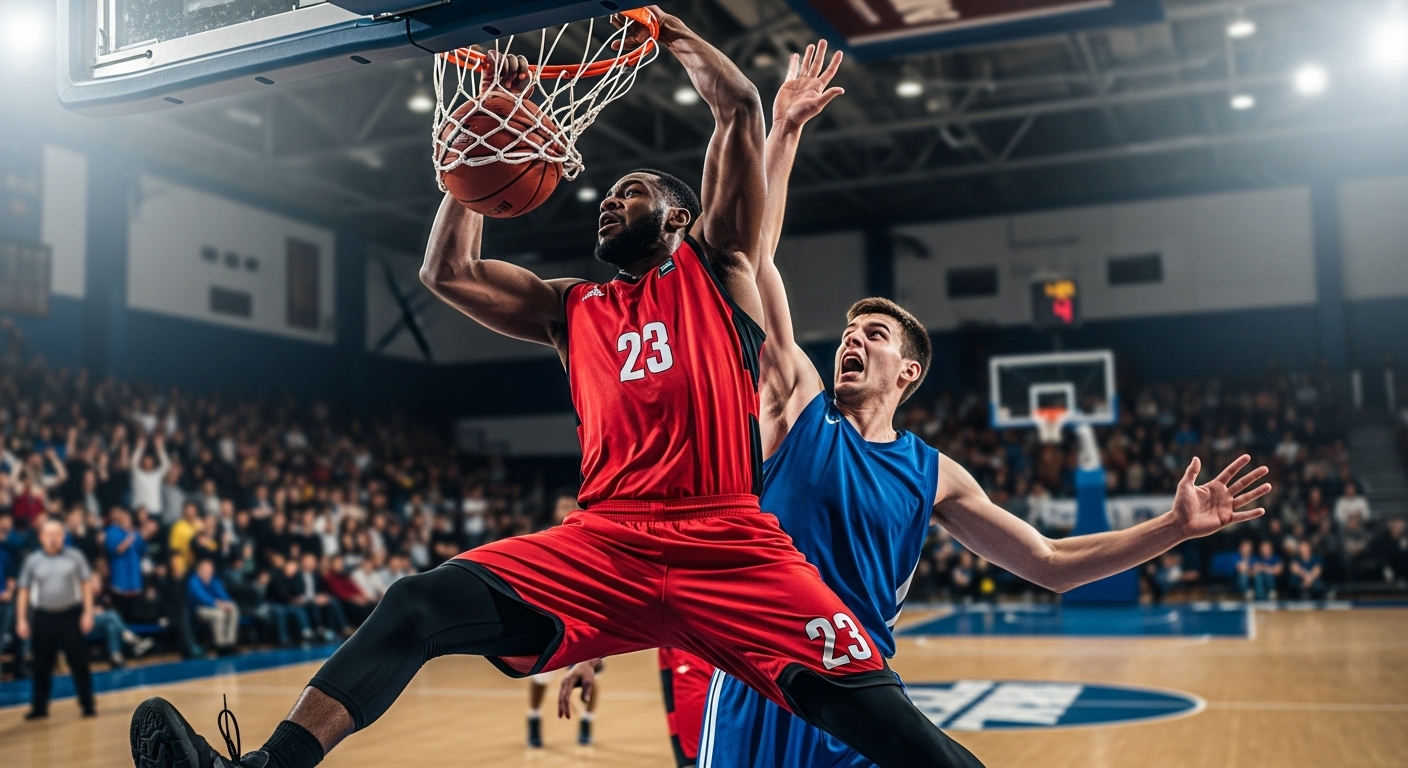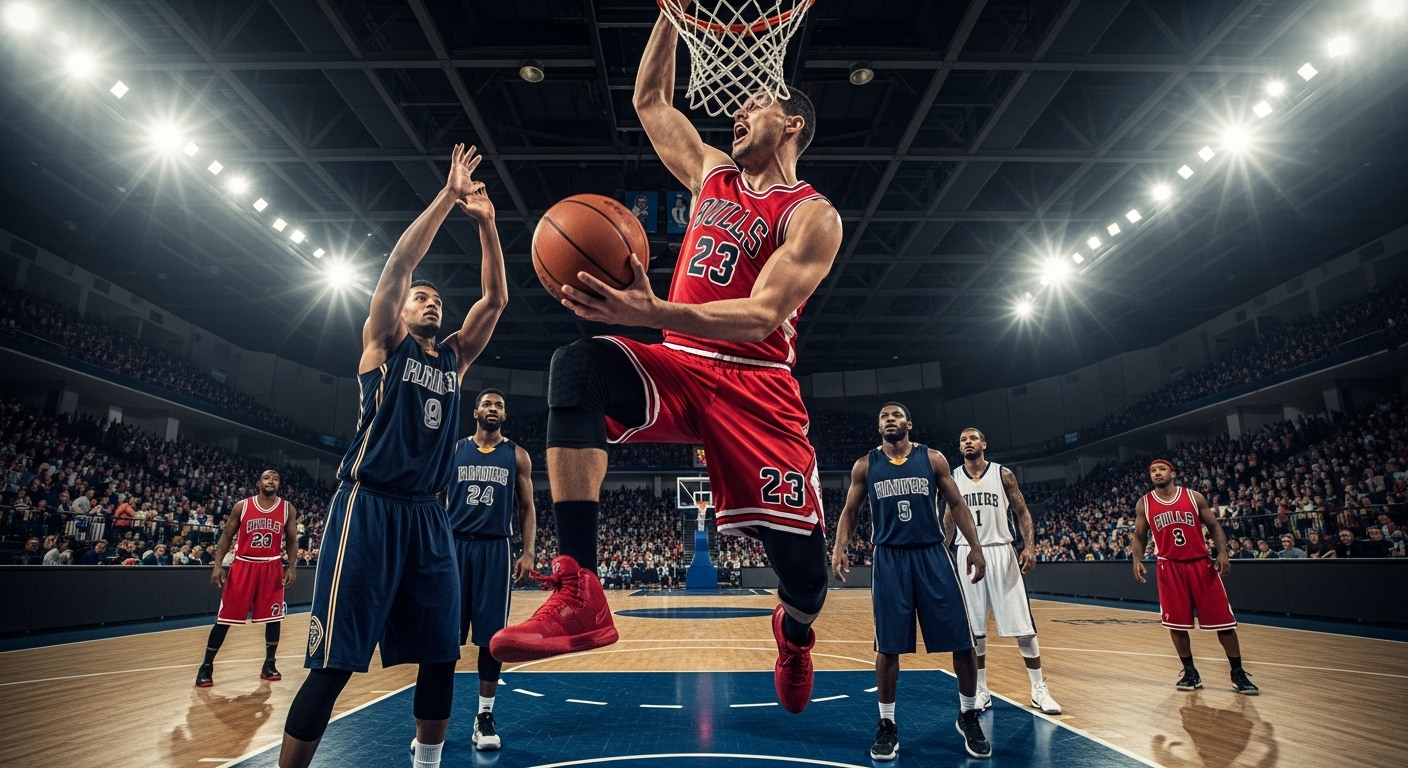Introduction: The Intersection of Tradition and Innovation in Sports
Sports have long been the heart and soul of cultures around the world, uniting communities and offering a sense of belonging and competition. From the ancient Olympic Games to today’s global superstars, sports have evolved with time. However, in the 21st century, the most significant change in sports isn’t just about the athletes or the teams. It’s about the technological innovations that are now an integral part of the game.
From the way athletes train and compete to how fans interact with their favorite teams, technology has revolutionized sports in ways that were once unimaginable. In this post, we’ll explore the various ways in which innovation is transforming the world of sports, making it faster, smarter, and more engaging than ever before.
The Role of Technology in Enhancing Athlete Performance
Smarter Training, Stronger Results
Athletes are always looking for ways to gain a competitive edge. As sports science advances, technology has become an essential tool in helping athletes reach peak performance. One of the most notable innovations is the use of wearables—devices that track everything from heart rate to movement patterns. These smart gadgets, such as heart rate monitors, GPS trackers, and even smart shoes, provide real-time data that coaches and trainers use to monitor an athlete’s performance during training and competition.
For example, wearable technology in football or soccer can track an athlete’s speed, distance, and even the intensity of their movements. This data helps coaches design more personalized training regimens that target specific areas for improvement. Similarly, in sports like tennis or golf, smart equipment tracks swing mechanics to enhance technique and prevent injury.
Beyond just tracking, advancements in biofeedback technology now allow athletes to receive direct feedback on their physical and mental states. These technologies help athletes understand how their bodies are responding to training, which can prevent overexertion and optimize recovery.
Data Analytics: Revolutionizing Strategy and Decision-Making
Turning Numbers into Winning Tactics
In sports, knowledge is power, and data analytics has become the key to unlocking this power. While traditional statistics like goals, assists, and yards gained are still important, modern sports are moving toward a more analytical approach. Teams now use advanced metrics to evaluate player performance, design strategies, and make data-driven decisions.
In basketball, for example, stats like player efficiency ratings (PER) and true shooting percentage (TS%) provide a deeper understanding of a player’s contributions beyond just points scored. In baseball, the use of “sabermetrics” has revolutionized how teams evaluate players, leading to the success of the “Moneyball” philosophy that values on-base percentage and slugging percentage over traditional batting averages.
In football, teams use data to evaluate a player’s performance in specific game situations, such as third down conversions or red-zone efficiency. This allows coaches to make more informed decisions about play calling and player deployment. In soccer, advanced metrics like expected goals (xG) and possession efficiency give a more accurate picture of a team’s performance, even when the scoreline doesn’t tell the full story.
Ultimately, data analytics in sports is about making smarter decisions, whether that’s recruiting the right players, formulating the best game plan, or predicting future outcomes.
Virtual and Augmented Reality: Immersing Fans in the Action
Beyond the Game: A New Era of Fan Engagement
Technology is not just transforming the game itself but also how fans experience it. Virtual Reality (VR) and Augmented Reality (AR) are creating immersive fan experiences that bring people closer to the action, even if they are thousands of miles away from the stadium.
With VR, fans can attend live games virtually, sitting in the stands or courtside from the comfort of their homes. By putting on a VR headset, fans can experience the game in a fully immersive 360-degree environment, giving them the sensation of being present at the event. Some sports leagues are even experimenting with live VR broadcasts, allowing fans to choose their preferred angle or zoom in on specific players.
AR is also enhancing fan experiences in stadiums. Imagine sitting in the stands at a football game, and your phone or AR glasses display player stats, replays, and other key information as you watch the action unfold. It’s a way of adding a layer of information and interaction that makes the experience more engaging.
These innovations are opening up new possibilities for how fans connect with sports, creating more immersive, interactive, and personalized viewing experiences.
Artificial Intelligence: Redefining Scouting and Player Development
Smarter Scouting and Tailored Training
Artificial Intelligence (AI) is increasingly playing a pivotal role in sports, especially in the areas of player scouting and development. Teams now use AI to analyze vast amounts of data from game footage, player statistics, and even training sessions to identify potential talent and optimize player development.
In basketball, AI systems analyze video footage to track a player’s shooting technique, movement patterns, and decision-making speed. These systems then compare this data with historical performance data to predict future success and identify areas for improvement. Similarly, in football, AI helps evaluate how players perform under pressure, during specific game situations, and against different types of opponents.
AI also plays a major role in injury prevention. By monitoring an athlete’s movements and analyzing data from wearables, AI systems can identify patterns that indicate the risk of injury, allowing teams to adjust training loads and recovery protocols. This predictive capability is especially important in high-contact sports where injuries can be career-altering.
Ultimately, AI allows for a more personalized approach to athlete development, making it possible for coaches and managers to tailor training and performance strategies to individual needs.
E-Sports: The Digital Revolution in Competitive Gaming
A New Frontier in Sports Entertainment
While traditional sports continue to dominate, the rise of e-sports has introduced a new form of competitive entertainment. E-sports, or electronic sports, refers to organized, multiplayer video game competitions, often between professional players, teams, or individuals. What once seemed like a niche hobby has now become a global phenomenon, with millions of fans tuning in to watch top gamers battle it out in titles like League of Legends, Dota 2, and Fortnite.
E-sports has grown to the point where it now rivals traditional sports in terms of revenue, viewership, and sponsorship deals. Major sports networks like ESPN have even started broadcasting e-sports events, further legitimizing this digital frontier as a form of competitive entertainment.
What makes e-sports unique is its reliance on cutting-edge gaming technology. Players use high-performance computers and controllers to engage in fast-paced, highly skilled competition, with tournaments offering millions of dollars in prize money. E-sports also attracts a young, tech-savvy fanbase that values real-time interaction, live streaming, and the ability to connect with players directly through platforms like Twitch.
E-sports is bridging the gap between sports and technology, proving that competitive gaming is more than just a pastime—it’s a legitimate form of sport in its own right.
Improving Safety: Technology’s Role in Protecting Athletes
Preventing Injuries and Enhancing Athlete Longevity
Injuries are an unfortunate reality in most contact sports, but advancements in technology are helping to mitigate these risks and improve athlete safety. Innovations in protective gear, such as helmets, pads, and even shoes, are designed to better absorb shock and reduce the likelihood of severe injury.
For example, football helmets have been equipped with sensors that track the severity of impacts to the head, allowing medical staff to monitor players for potential concussions. These helmets use accelerometers and gyroscopes to measure force, sending real-time data to sideline doctors. This technology ensures that players are not sent back into the game too soon after a potential head injury, helping to prevent long-term damage.
In addition to wearable gear, technology is also improving injury recovery processes. Advanced rehabilitation tools like cryotherapy, electromagnetic therapy, and robotic physical therapy devices help athletes recover faster and more efficiently. These technologies allow for more precise, personalized treatment, ensuring that athletes return to their sport in optimal condition.
The Future of Sports: Where Technology Takes Us Next
What Lies Ahead for the Sporting World
The intersection of sports and technology is a constantly evolving landscape, and the future holds even more exciting possibilities. With innovations like 5G networks, AI-powered analytics, and augmented reality set to reshape the industry, the next decade promises to bring more advanced technologies that will enhance both athlete performance and fan engagement.
One area to watch is the potential for smart stadiums. These arenas could use IoT (Internet of Things) devices to provide personalized experiences for fans, offering services like mobile ticketing, in-seat ordering, and real-time game stats. Additionally, with the growth of wearable technology and AI, we might see entirely new sports emerge that are designed specifically to leverage these innovations.
As technology continues to transform sports, it’s important that the focus remains on enhancing the human element—the passion, the competition, and the connection between athletes and fans. The future of sports is undoubtedly digital, but it will still be rooted in the age-old human desire to compete, connect, and celebrate achievement.
Conclusion: Embracing Change While Honoring Tradition
The relationship between sports and technology is changing rapidly, but one thing remains constant: the spirit of competition and the excitement of the game. Whether it’s through the use of wearables to enhance performance, data analytics to make smarter decisions, or virtual reality to immerse fans in the action, technology is reshaping the way we experience sports.
As the sporting world continues to evolve, it’s essential to embrace these innovations while staying true to the core values that make sports so special. After all, technology might enhance the game, but it will always be the athletes, teams, and fans that make sports truly unforgettable.




